The auto industry is an ever-developing industry whereby new auto models and advanced technologies are developed annually. If we fast forward ourselves and run our eyes through 2025, there are some new cars and trends worth looking forward to. Most car manufacturers have not waited for the official start of 2025 to tease ideas for or share intentions for 2025 models.
Are you ready to read the news about the new car models that will go on sale in 2025? Read the article below for the latest updates.
Table of Contents
Electric Vehicles Take The Spotlight
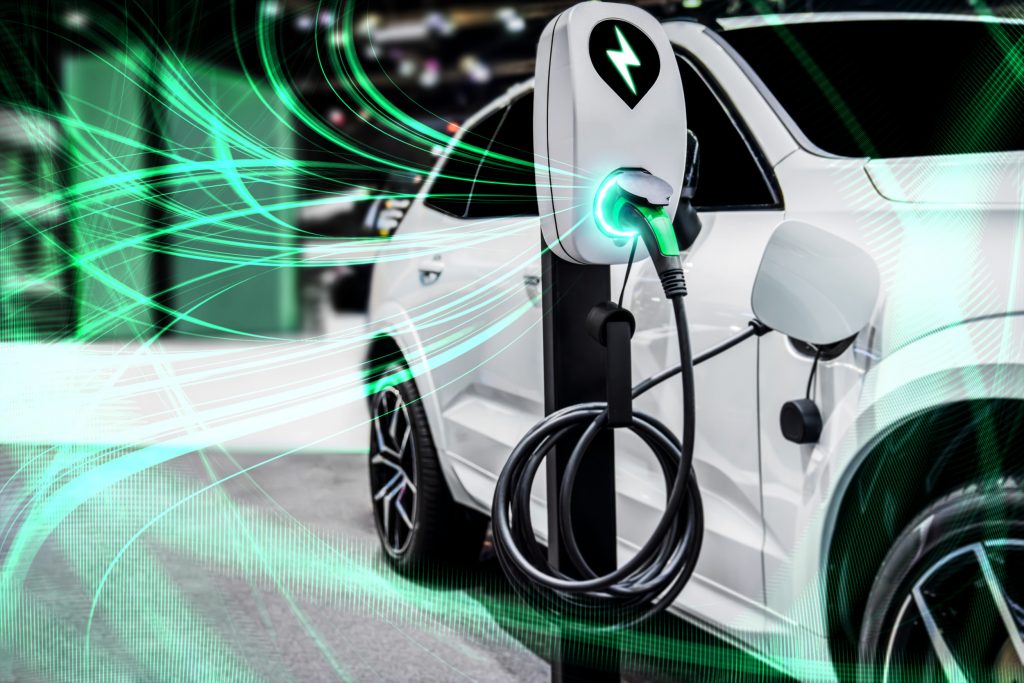
While we do not have COVID-19 predictions, one of the biggest trends taking shape in the auto industry is the increase in investments in and deployment of electric vehicles (EVs). Large producers of conventional cars, such as the General Motors Company, have revealed that there are plans to discontinue the manufacturing process of cars that are driven by gas for the next decade or so. We’ll see this strategy with GM’s 2025 models.
It was announced by the Cadillac brand that in 2025 the luxury car maker will no longer manufacture vehicles that are not electric. As a result, expect the Cadillac crest to adorn new all-electric SUVs, sedans, and all the other Cadillacs. The GMC Hummer EV pickup and SUV should also be new model years in 2025 too.
Audi and Mercedes-Benz have made similar commitments to the share of electrified cars in their portfolios. Audi said it would have more than 20 all-electric models by 2025, while Mercedes said it would be fully electric-ready by the end of the decade if the market structure allows it. We’ll also sample the future with battery-electric versions of the S-Class sedan and G-Wagen SUV promised for 2025.
Indeed, nearly all the automakers are gradually increasing their EV investment. Therefore, the electrical variation should be expected to be available across the board in terms of vehicle class ranging from trucks to crossovers and down to economical cars come 2025.
More Power and Performance
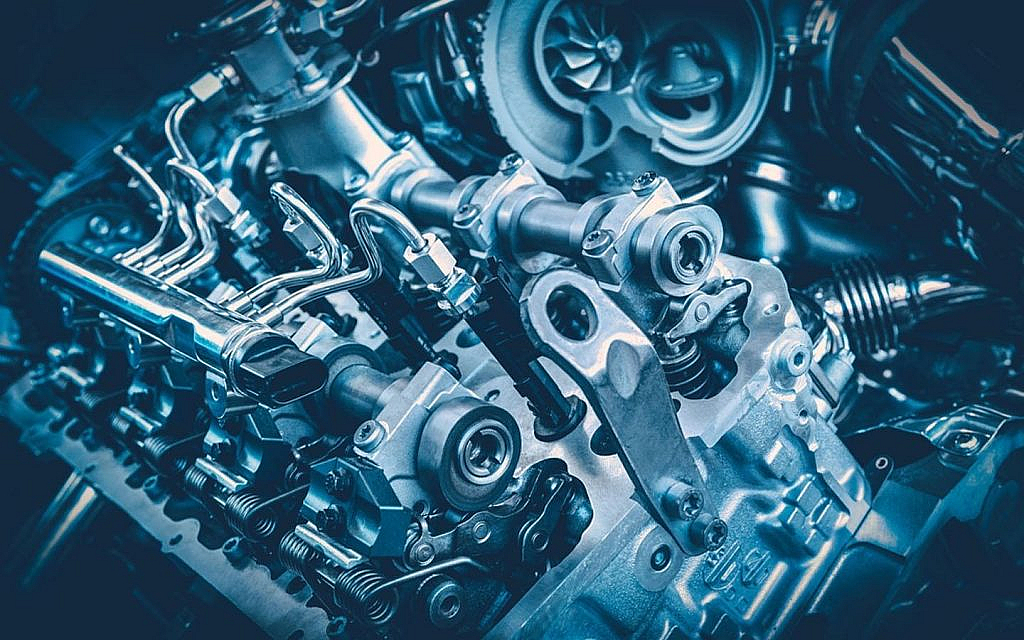
This is not the only area we should expect more power and speed; we shall also expect to see these in electric vehicles. Performance models of diverse brands are also increasing in speed annually with the help of technologies and materials that induce more power. BMW is not relenting on this production of high-power variants from the M3 sedan to the X5M SUV. As a sports car manufacturer, Porsche appears equally desirous of making the horsepower and torque outputs of the new Taycans mimic those of the current gas models on offer.
A number of models are also expected to get some performance enhancements in their next model years, which happen to be 2025’s; the Mustang and Corvette are also not exceptional here. We can anticipate more power output figures with even faster acceleration numbers than with the current versions.
Autonomous Driving Advances
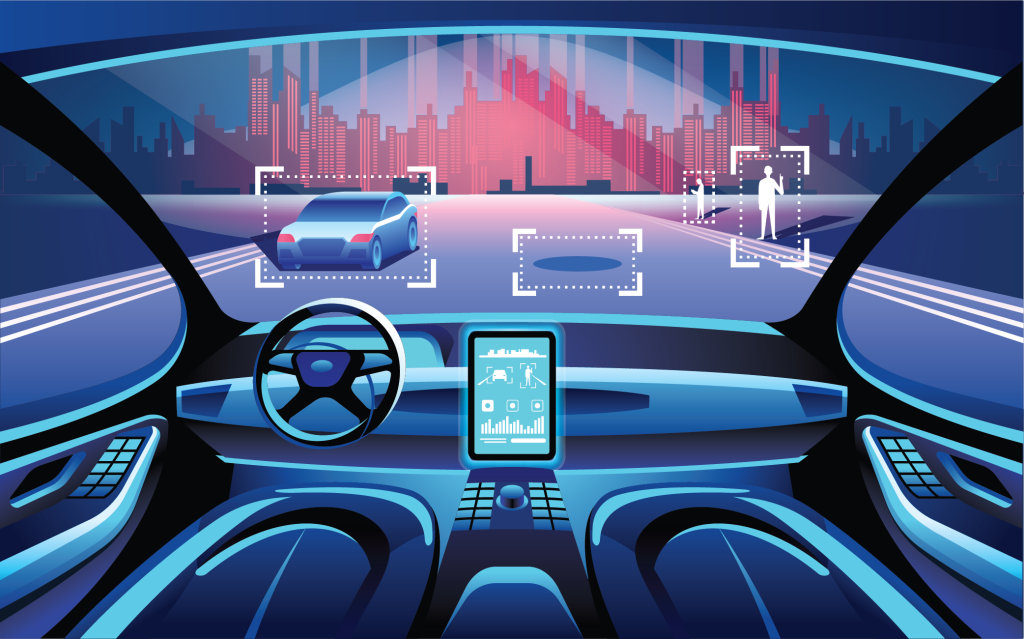
Thus, self-driving technology has been developed over the last few years. Furthermore, nearly all car-making companies currently offer some sort of ADAS in the vehicles being produced today. But there are still some untaken hurdles to cross in passage to fully autonomous, self-driving cars.
In 2025, further progress of ADAS that are responsible for partial control over the vehicle should be observed. They can prevent accidents and traffic fatal cases while slowly but steadily moving the industry towards fully self-driving tech.
Tesla remains ahead of all the other manufacturers when it comes to level 5 autonomy software and AI developments. They are gathering massive amounts of real-world driving data to make their Full Self-Driving mode better. Tesla right now has long-term goals of achieving full self-driving by incorporating all the necessary computer electronics and software systems by the year 2025. Other car makers such as Mercedes-Benz, BMW, and Subaru are still working on enhancing their semi-autonomous driving assist features and are also planning to introduce off-course ‘truck ‘ driving mode in the few next models only.
Continued Crossover Craze
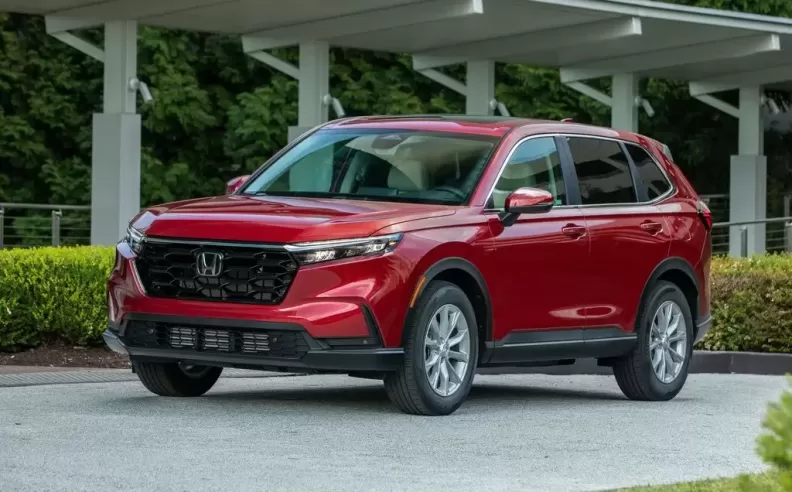
The SUV and the crossover vehicle segment have been controlling the latest market of automotive vehicles. And that doesn’t seem to want to change soon either. Almost every leading global automaker has been increasing their production of crossover and SUV models to fully capture this persisting trend. Luxury car makers such as Lamborghini and Bentley have even introduced the SUV range just to entice new consumers.
So we should expect to see even more crossover and SUV models in all categories and with different trim levels in 2025. It ranges from full size three row family orientated MPVs to super tough off-roading abilities and versatile fuel-sipping hybrid people carriers. The shift of car consumers to high occupancy vehicles and the recent focus on electric cars means that there is room for brand manufacturers to work out interesting, unconventional configurations. We might witness more such crossover models with other powertrain systems entering the market, such as the Toyota RAV4 hybrid and Jeep Wrangler 4xe plug-in hybrid.
Increased Use of Technology and Network Infrastructure
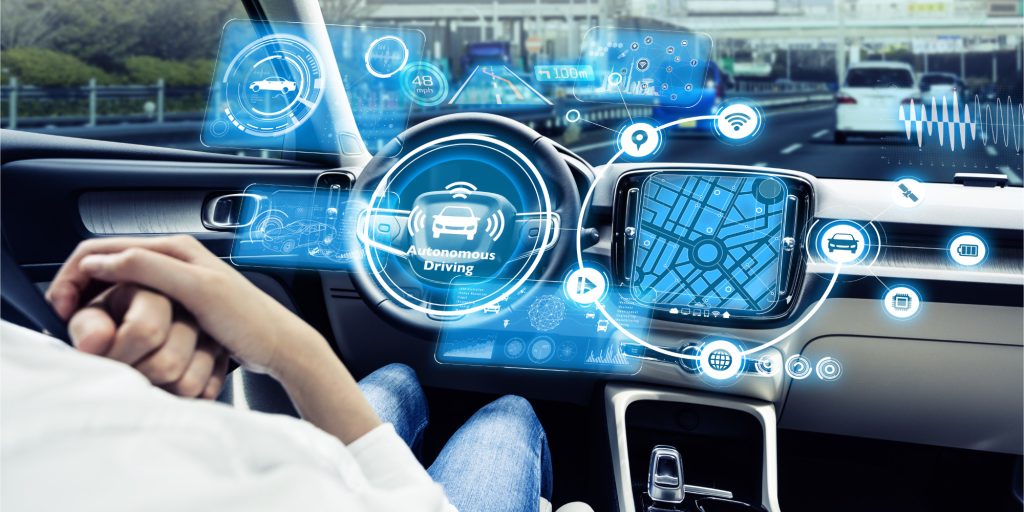
Modern cars have a lot of digital controls, connectivity, and even more software functionality than ever before. That creates chances to incorporate the new technologies that propel the experience behind the wheel. Car manufacturers will enter into relationships with potentially the top tech companies to offer things such as Google services with infrastructure integrated into the car via Android Auto. This creates more freedom in doing voice commands, provides finer mapping and navigation results, and streaming of music, among many other things.
Moreover, by looking at the fact that we see the all-digital layouts appearing in models today, we are likely to see more displays, touchscreens, and high-level interfaces in the 2025 cars. Touch and motion, AR improvements, and personalized user options could make the next ride seem like a smartphone on the road. Additional integration to smart home platforms can also bring more car home-related auto parameters.
Focus on Sustainability

This helps explain why more and more auto manufacturers are also focusing on environmental solutions. Switching lineups to renewable energy and lowering carbon emissions have made brands change the way they approach operations. Manufactured and supply-chain products are being pursued for carbon neutrality by the various involved companies. Some like Volvo, lay down their strategies on aspects of the life cycle of vehicles, from manufacturing to end-of-life recycling.
Manufacturers persist in engineering models that achieve ever higher standards of efficiency and incorporate components and materials that are more sustainable and contain recycling potential. Earlier in the month of January this year, Toyota revealed a newer version of the Prius with small solar panels to support the charge of the hybrid battery. Such creative solutions will assist all brands in tagging their efforts that went into manufacturing the 2025 models as sustainable.
More Affordability

Today’s new cars have more comfort, safety, and technological enhancements packaged than before, meaning higher costs are inevitable. Nonetheless, bringing down microchip constraints in the next couple of years should enable supply to balance up and inventory stocks to replenish. This can also allow the brand to motivate price-conscious consumers via cheaper leasing options and attractive credit financing offers.
Renowned mass-market automotive players such as Toyota, Honda, and Hyundai, among other key players, will also target mini and affordable cars in 2025. They strive to meet the factor of price sensitivity while offering some of the modern trends. The global TNGA underpins Toyota’s flexibility to bring such efficient and commodious models to market affordably, such as the Corolla Cross. Hyundai’s Ioniq EV brand enables them to offer a less premium battery electric car cheaper than their brand Genesis range. These strategies may help to expand choice and make 2025 model-year cars available at a wider range of outlets.
In Summary
Transformations to electric and self-driving cars, along with sustained love for sport utility vehicles, explain where the auto industry is today in 2025. Instant acceleration on elegant platforms In the form of EVs wrapped within a family crossover theme does not appear too far away. And gradual enhancements of ADAS systems bring us gradually closer to the non-hand on highway driving. Plus, with more emphasis on the aspects of affordability and sustainability, there is an attempt to target the more environmentally aware buyer at any price point. That means when brands buy the auto tech 2025 cars, buyers will have lots to look forward to with the latest that automotive has to offer.
from Auto Blog | Latest Car News and Reviews, Trucks, Bikes, and Motorcycles https://ift.tt/LgSR0ex
No comments:
Post a Comment